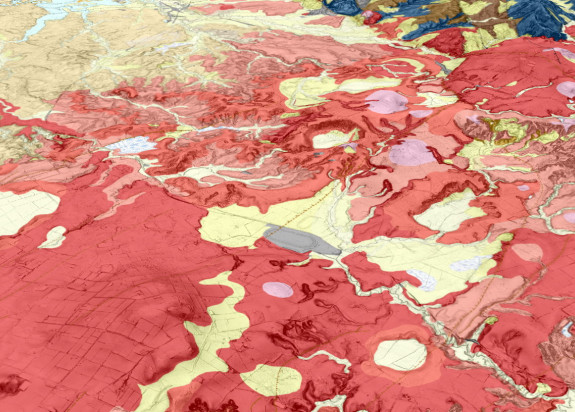
Stuart Henrys Principal Research Geophysicist
Stuart is the Land and Marine Geoscience Theme leader and coordinates national and international geoscience research initiatives, many of which are delivered in partnership with government agencies, CRIs, universities, and iwi/Māori. The primary focus is on the generating new ideas and knowledge, which underpins all of GNS’ Earth Science disciplines. Stuart’s key areas of input and influence is in understanding the processes that shape Te Riu-a-Māui Zealandia helping New Zealand Improve predictive capability for geological hazards, understand global-scale and deep-time environmental change variability and impacts, and identify new sustainable natural resources. He is the Chair of GeoDiscoveryNZ which coordinates our membership in global scientific drilling in partnership with the International Ocean Discovery Program (IODP) and the International Continental Drilling Program (ICDP).
View Bio Contact Me


